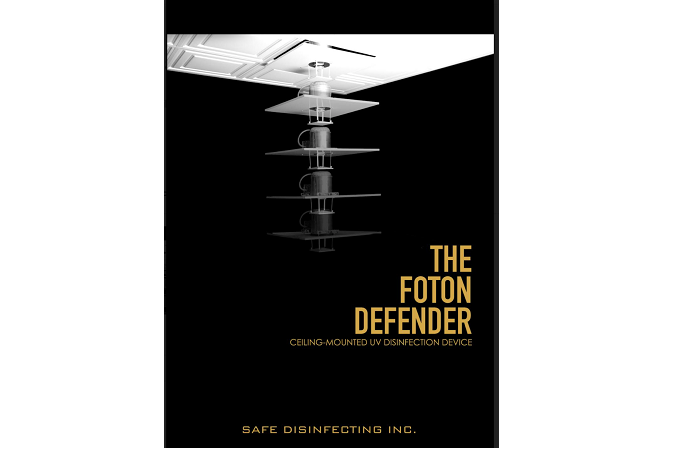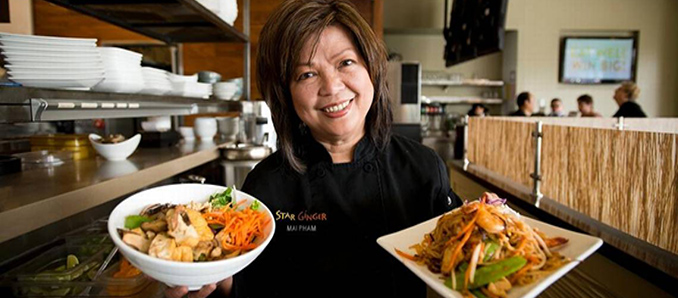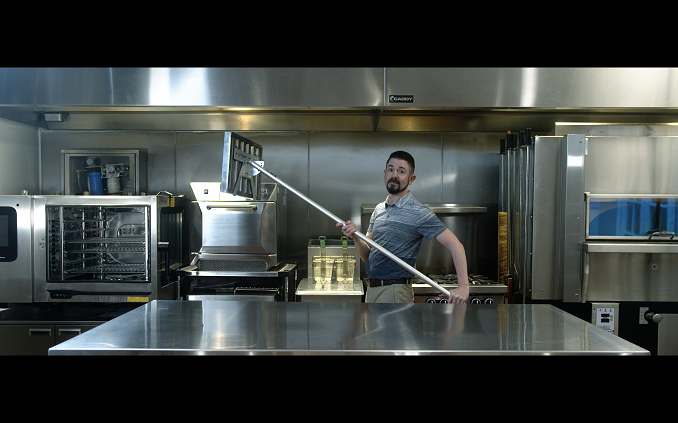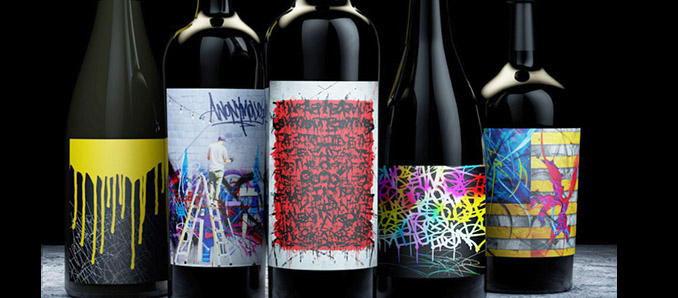WRITTEN and PHOTOGRAPHED BY: JOHN HUNTINGTON
in the East Bay of San Francisco, I have many friends, families, and cohorts devastated by the rippling effects of COVID-19 in both the Bay Area, and Central Valley of California. The loss of life, mental fatigue of isolation and lack of social interaction has struck a lasting impact on many individuals, families, businesses, and healthcare workers. In comparison, the economic consequences and everlasting gut punch of the pandemic continues to scar the local restaurateurs, and small communities within its reach.
Surviving with Takeout and Outdoor Dining
Many have survived, and perfected the art of takeout, with others commandeering parking lots and streets to make their way outdoors. Those with the means to fight and survive, have stepped up to the challenges California has forced upon the hospitality industry, where many just decided to close the doors indefinitely. I see this pandemic from two sides of the fence, a healthcare worker on the frontline, and food, wine, and spirits enthusiasts breaking into the world of food and beverage blogging to become an influencer, seeing how technology innovation will be key to returning back to indoor libations and dining.
The reality of Covid-19 struck California for a second time with an unrelenting vengeance in the fall of 2020. On November 13, 2020, restaurants were required again to move back to a takeout and delivery model indefinitely. Depending on your county some allowed outdoor dining. The anticipated negative effects of moving back to outdoor and takeout services pressed more restaurants too close for good, and further unemployment to restaurant staff.
Now in recent weeks, Northern California has seen a significant decline in the spread of novel coronavirus, and businesses in the Bay Area are starting to ramp up to consume the mobs of foodies starved to return for the dine-in experience. The region is close to reaching the state’s “red” reopening tier, for indoor dining that would allow for a 25 percent capacity. Eventually, by May or June, with any luck, it would move to the “yellow” zone allowing for a 50 percent capacity. With that in mind, restaurants are still struggling on how to accommodate its patrons, as the primary issue remains with the health and well-being of the customer and employees.
It’s safe to say we know after much debate about the transmission of the coronavirus, and how it is primarily spread from person to person. According to the CDC, the virus transmits typically through droplets when an infected person sneezes, coughs or talks at close range in poorly ventilated or closed areas. The CDC’s most recent post on their website states, “Covid-19 is spreading very easily and sustainably between people, and more efficiently than influenza. But your risk is less on surfaces.” The NEJM April 16, 2020 released a publication that found the virus can survive for up to three days on plastic and stainless steel under ideal conditions. But since this research there are many studies that have demonstrated how difficult it would be to become infected, however it is still possible.
For a person to become infected from a surface, the amount of virus on the surface would have to survive and be a significant amount. Heat and UV light from the sun are very destructive to Covid-19. Even if you touched a small amount of virus, it would have to be placed directly into the mouth or eye to even have a chance.
This is where the restaurant industry meets science to help combat some of the unknowns, and the best way to provide staff as well as patron safety. The CDC recommends washing your hands often and regularly along with cleaning and or disinfection frequently touched surfaces. Hand washing stations are already mandatory for all businesses in California, and I have yet to see a place not disinfecting behind you when you leave from outdoor dining. Mask wearing as unpopular as it is, still is the most protective step you can take to protect yourself when going out, along with distancing from people outside your bubble.
Technology will be key in the future of the hospitality industry to help monitor, protect and sanitize your local haunts. New innovations that are being marketed in different venues will now play a significant role in getting back to normal, and likely to change the food and beverage industry. Nav Mosey the CEO and founder of Safe Disinfecting INC., has developed a device to provide state of the art disinfecting technology.
“My tiered approach was born in the age of Covid-19, with the idea I would cater to the needs of the U.S. government and private sector to eradicate Covid -19 and microbial threats.”
Being a minority woman, and business leader in a male dominate industry, Nav has over 18 years experience in the defense industry that propelled her idea to develop such a product. “I want to improve global disinfection and rid the world of harmful pathogens by deploying new technologies that are robust and simplistic, yet economical for business to obtain.”
Read Also: The List of Top Spirits To Drink is Out! – Food & Beverage Magazine
Nav has created an inceiling light disinfection device that utilizes UV light to decontaminate a space with humans in the room at the same time. “This is an inceiling technology device that will kill all pathogens and molds, sealing the room with protection from pathogens like Covid -19.”
As the world begins to accept its new normal of living with this virus Nav is looking forward to the future. “This is not just a technological device to fix the present pandemic, this technology goes beyond Covid to what may lay ahead,” she said. “My product will help revolutionize the indoor food, beverage, and hospitality industry from future threats, and possible new closures, by providing an economical means of creating a safe dining experience”.
The impact of this technology, and the additional bolus of 400M Covid-19 vaccines that are soon to be available in the United States will help bring the Bay Area, and Central Valley’s dining experience back indoors. The simple modalities of science and technology will provide a safe dining experience for both the patrons and employees who provide the services. It is my professional opinion that every state needs to recognize the hospitality workers as essential workers, the bar owners, restaurateurs, bakers and caterers etc., should be moved to the front of the line and be offered the vaccine. The sooner we can reach herd immunity and institute new protective technologies, the more likely we can equally find our way back to a more normal dining and drinking experience today and in the future.
John Huntington is the creator and writer of Food and Vin Partizan @ www.foodnvin.com. He works as a full-time Physician Assistant in the San Francisco area, with a love and passion for creating great food, wine, and spirit. Working as a freelance content creator, and amateur home Chef, John has developed multiple recipes creations and cooks for many organized dinner party events, raising money for schools and charities. His focus is currently writing content to help the food and beverage industry to recover from the shut-down from the Covid-19 pandemic. “There is always a bottle of wine open, and many friends to share it with in my life”. – J. Huntington







